Here�s a deck story for you. I have always heard that it is best to use pressure treated lumber for all the components for what I might call an all purpose home deck. However an old timer out where I live in the country claimed that you could use just about any wood for the decking as long as you cured and stained the wood properly. He claimed the pressure treated decking story was merely clever marketing by the lumber treating industry and retailers like Lowes, etc. However, he did recommend using pressure treated for all the under structure due to insects and moisture. Over the years I have had the experience of pulling apart a few 70 to 100 year old log homes. In Tennessee many of these have logs of poplar, oak, and cedar. I noticed that the poplar logs for some reason are usually the most preserved logs and oak is generally the most decayed. Based on all of the above, as an experiment, I decided to use rough cut poplar from a local Amish sawmill for my decking material. I had it cut 1" by 5.5" in the various lengths I needed for the deck. I let it air dry for about 60 days prior to cutting to exact lengths and planing. I used an electric Dewalt DW734 planer. Now to me Poplar is a soft wood but I have seen it classified as a hard wood in some places. Nonetheless it is light and the planing was easy but somewhat time consuming. You only remove a 16th (or less) at a time. Having my kids as helpers made it much easier. I planed out most of the cup and warp of the boards being careful not to remove too much wood. Oh yes, If you try this, the stacking of the wood during the drying period is very important. I used 1"x1" slates between the boards. The stacking structure determines how much warp and cup you have to fight when it comes time to plane. My dried boards were pretty straight. I read several articles on which side of the board to have skyward. Many said the bark side of the rings should go skyward. However I found the natural cupping on many boards was such that the high middle of the cup when facing skyward would be the core side of the rings. When I nailed the boards I put the cup, if there was any, with the bow in the middle up and edges down regardless of the "bark/core relationship." This worked well. My conclusion on bark/core; I don�t think the bark/core side relationship on deck planks has any bearing on the quality, durability, or workmanship of the project whatsoever. Mine are about half bark up and half core up. One thing about the planing; like most things the more you do it the better you get. I came to the point where I could eye a board quickly and determine which side would be the skyward side and plane it smooth. The under side would also get planed but not completely, smooth only to the point of removing any high points so the board would fit snug and flat on the joists. After planing we then stained the boards with canyon brown Olympic Maximum toner from Lowes, prior to fastening to the deck joists. Once the stain was dry we used 3" twisted galvanized nails rather than screws to fasten the boards to the joists. I went heavy with the under structure using treated telephone pole stubs 2 feet into the ground (had some on the property) with double 2" x 10" treated for the main joists lock cut and bolted into the poles. The perimeter of the box is 2" X 6" treated. The deck is a partial corner wrap on the back of the house; 12� X 30� on one side and 10� X 20� on the other.
The results? The deck was beautiful and super sturdy. The stain toner caused the wood grain in the poplar to stand out very well. It had a very rich natural look and lasted well for about 4 years. The boards went down easy and those that were not quite straight were easily pulled straight and nailed. Now after seven years the deck is gray and I have had to replace 8 deck boards out of about 70 (glad I used nails). The poplar when dried, planed and stained, as we did it, held up very well. If I did this again the only thing I would do differently, would be to use 1.5" or 1.75" boards if using saw mill poplar. This gives more to work with on the planer, more thickness on the deck and still light and easy to work with. The 1" worked well but I would go thicker. Nonetheless the 1" made for very sturdy decking. I have 5 kids and they and the dogs have pounded the deck for many years with no problems.
The original process took time but was not a burden since we planned it out, were not rushed, preceded in measured steps, and enjoyed ourselves. Now here is something interesting. The decking has grayed after 7 years, but the much thicker top rail 2" X 6" made of the same poplar and stained with the same product has not. I have decided to paint the decking but am going to re-stain the rails and top rail. The top rail has faded but not grayed. I will use the same canyon brown on the railings, but am experimenting with a burnt brown orange stain/paint on the deck. The contrast between the two is looking complimentary and good. Regarding the paint; I am testing a "latex stain", which basically seems like paint to me but it is adhering very well straight on top of the weathered 7 year old poplar with only cleaning and occasional light scrapping. Water does not bead up on this product like it did on the first stain, but it is covering so well it would seem water will have a very hard time getting to the wood. In that regard, it may be more durable than the true stain. I have about half of it done, and the old "experimental" deck is looking grand, and brand spanking new again. Happy decking

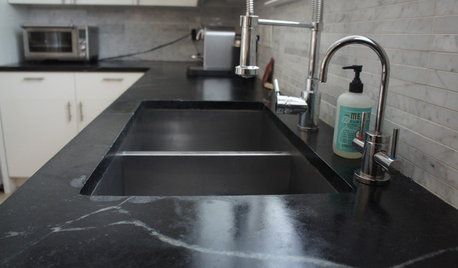
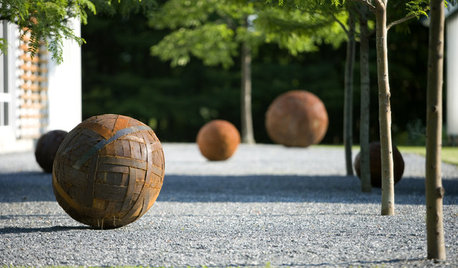
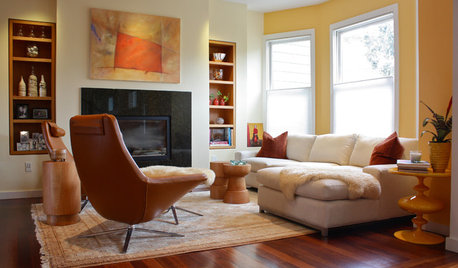
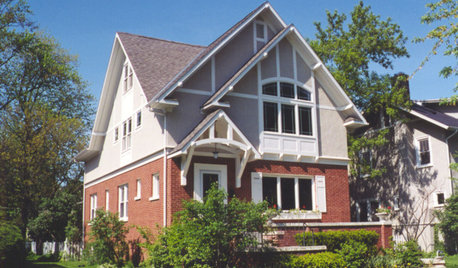
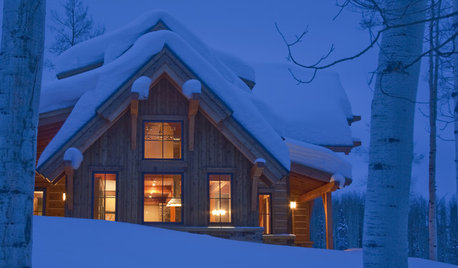

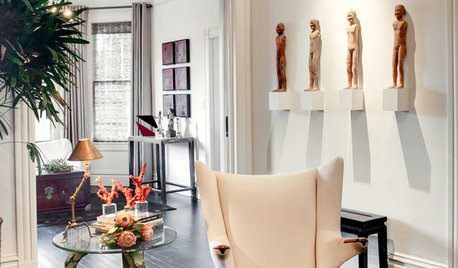

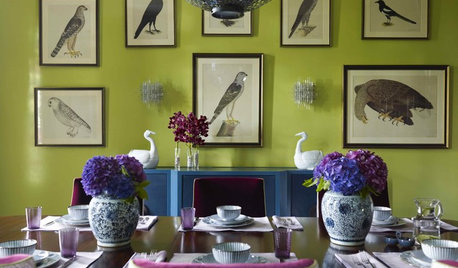







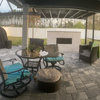
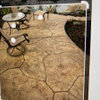

dooer
brooklyndecks
Related Professionals
Bloomington Decks, Patios & Outdoor Enclosures · Centennial Decks, Patios & Outdoor Enclosures · Issaquah Decks, Patios & Outdoor Enclosures · Medford Decks, Patios & Outdoor Enclosures · Midwest City Decks, Patios & Outdoor Enclosures · Harrisburg Home Builders · Valencia Home Builders · Chula Vista Flooring Contractors · Cleveland Flooring Contractors · Lewis Center Flooring Contractors · Lutz Flooring Contractors · Marlborough Flooring Contractors · San Jose Flooring Contractors · Greenville Siding & Exteriors · Yakima Siding & Exteriorsdeck.builder